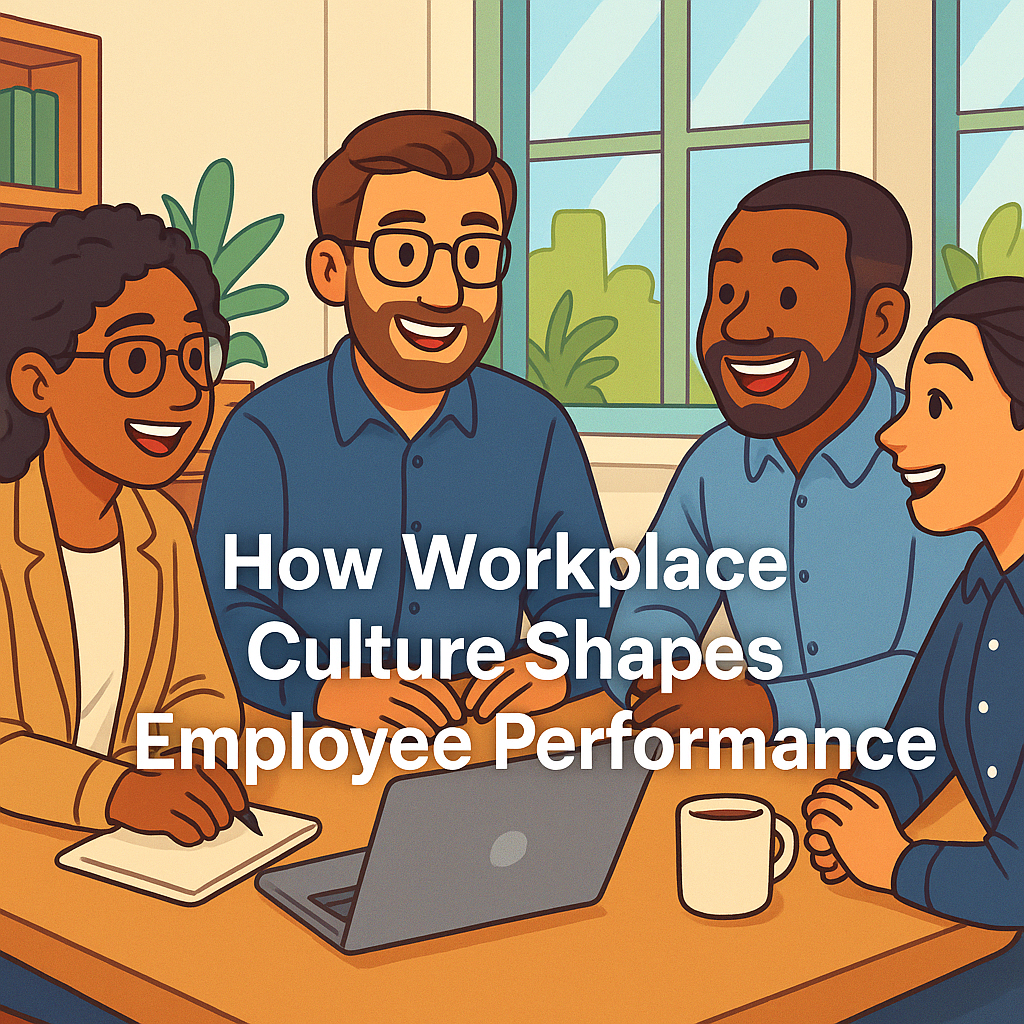A company’s culture is more than just its mission statement — it’s the everyday interactions, communication styles, and shared values that shape how employees think, act, and perform. Culture determines how decisions are made, how teams collaborate, and how individuals feel about coming to work each day.
A positive workplace culture can motivate employees, foster collaboration, and drive long-term success. It encourages innovation, helps employees feel connected to a larger purpose, and supports mental well-being. Conversely, a toxic environment can erode trust, increase turnover, and hinder productivity — even in high-performing teams. Over time, poor communication or negative leadership behaviors can silently undermine engagement and profitability.
Whether you’re a business leader, HR professional, or team member, understanding the cultural dynamics of your workplace can help you identify what’s working — and what’s not.
This article explores how workplace culture influences employee performance through positive reinforcement, the consequences of toxic environments, and the power of respect and accountability.
Positive Reinforcement: Fuel for Engagement and Growth
Positive reinforcement isn’t just about recognition programs or annual awards — it’s about consistent, meaningful acknowledgment of effort and progress. When leaders celebrate small wins and provide constructive feedback, they create an atmosphere of trust and encouragement.
According to the Society for Human Resource Management (SHRM), employees who feel valued are 60% more engaged and 40% less likely to leave their organization. This engagement directly correlates with higher productivity, stronger collaboration, and improved customer satisfaction.
Leaders can practice positive reinforcement in simple, authentic ways:
- Offering timely recognition for a job well done.
- Providing constructive feedback that focuses on growth and learning.
- Encouraging peer-to-peer appreciation to build team unity and mutual respect.
When employees see their contributions recognized, they’re more likely to take initiative, collaborate, and maintain a strong sense of purpose in their roles. Over time, this creates a self-sustaining cycle — recognition fuels engagement, engagement fuels performance, and performance strengthens culture.
The Cost of Toxic Work Cultures
Toxic workplace cultures — characterized by poor communication, favoritism, micromanagement, or lack of trust — can have severe consequences. In fact, research from the MIT Sloan Management Review found that toxic culture was the number one reason employees quit during the “Great Resignation,” ranking well above compensation concerns.
The ripple effects of a toxic environment go far beyond morale. They can impact nearly every metric that matters to business success:
- Lower productivity: Constant tension, fear of mistakes, or unclear communication slow down progress and reduce creativity.
- High turnover: Replacing employees is costly — the average cost to replace a salaried worker can exceed six to nine months of their annual salary.
- Damaged reputation: A negative workplace reputation spreads quickly online, making it harder to attract and retain top talent.
In short, the cost of neglecting culture is far greater than the investment required to build a healthy one. Companies that fail to address toxic patterns risk not only losing their best people but also undermining innovation and long-term profitability.
Building a Culture of Respect and Accountability
A strong workplace culture thrives on mutual respect, open communication, and shared accountability. These principles lay the foundation for psychological safety — a condition where employees feel comfortable expressing ideas, admitting mistakes, and contributing authentically.
When employees feel heard and leaders set consistent expectations, the result is a more trusting and productive team dynamic. Respect doesn’t mean avoiding conflict; it means addressing challenges with professionalism and empathy.
Key strategies to foster respect and accountability include:
- Transparent communication: Encourage open dialogue and regular feedback at all levels of the organization.
- Inclusive leadership: Ensure all voices are valued, regardless of role, seniority, or background.
- Consistent standards: Hold everyone — from interns to executives — accountable for their actions and outcomes.
Culture isn’t built overnight. It evolves from daily behaviors, leadership decisions, and how organizations respond to both success and failure. Companies that commit to fairness, empathy, and integrity tend to see stronger engagement, better retention, and sustained performance over time.
FAQ
Q: What defines a “positive” workplace culture?
A: A positive culture promotes respect, open communication, inclusion, and recognition of employee contributions — creating an environment where people feel valued and empowered to perform at their best.
Q: How can leaders quickly assess their current culture?
A: Through employee surveys, feedback sessions, and open forums that reveal how people truly feel about their work environment. Look for patterns in feedback rather than isolated comments.
Q: Can culture be changed after it becomes toxic?
A: Yes, but it requires consistent leadership commitment, transparency, and accountability. Change starts with honest conversations, measurable goals, and a willingness to model the desired behaviors.

